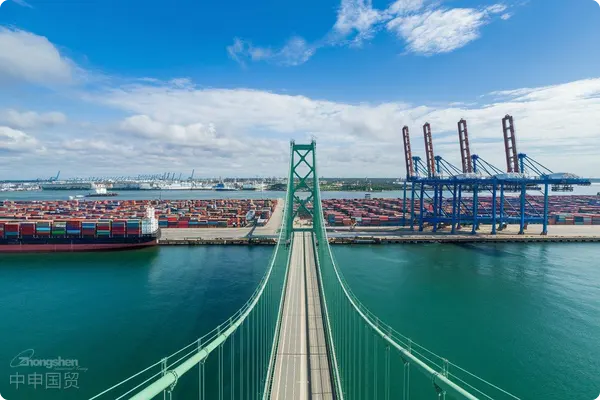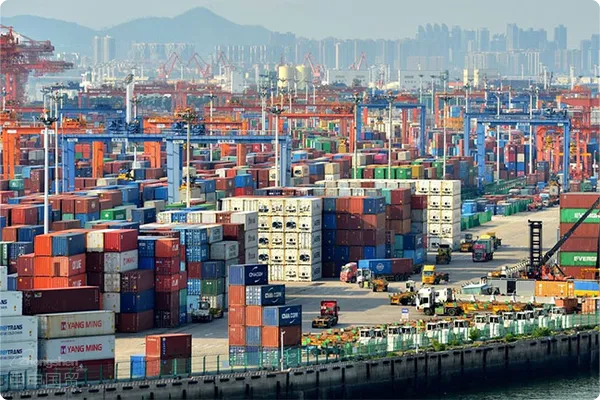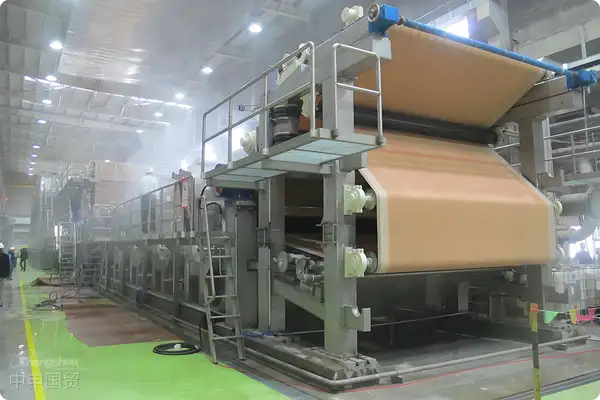- Shanghai Zhongshen International Trade Co., Ltd. - Two decades of trade agency expertise.
- Service Hotline: 139 1787 2118

Three core challenges in machinery import customs clearance
Latest customs statistics for 2025 show that inspection rates for machinery equipment imports have increased by 12% year-on-year, with 37% of rejections due to inaccurate declarations.Classification disputes, price queries, lack of licensesThese constitute the three main causes of customs clearance obstacles. A Suzhou precision machine tool importer incurred an additional 23.6% tariff difference due to misclassifying CNC systems under complete machine tariff codes, serving as a particularly profound lesson.
Practical value of professional customs clearance agents
High-quality agency services can reduce customs clearance costs by 15-30%, with core value reflected in:
- Accurate tariff code positioning: Based on the General Administration of Customs 2025 Commodity Classification Guide, using case databases for multi-dimensional verification
- Document pre-review system: Establishing a 14-item document verification checklist including original factory invoices and technical parameter sheets
- Emergency response mechanism: For inspection anomalies, initiating on-site technical support within 2 hours
Key changes in 2025 customs clearance practices
- HS code adjustments: 3 new subcategories added for industrial robot components (8458.61-8458.63)
- Expanded declaration elements: Laser cutting equipment must specifypositioning accuracy ≤0.01mmand other technical parameters
- Tariff preference policies: Machine tool products under RCEP agreement enjoy tariff reductions up to 8.7%
Selection criteria for quality agencies
- Verify AEO certification (Customs Advanced Certified Enterprise)
- Check customs clearance cases for similar equipment in the past three years
- Confirm service network coverage of major entry ports
- Focus on key machinery import hubs like Shanghai Yangshan Port and Shenzhen Yantian Port
- Evaluate professional composition of technical teams
- Recommend selecting composite teams with both electromechanical engineers and customs clearance specialists
Typical dispute resolution cases
A German-imported five-axis machining center was temporarily detained due tospeed parameter disputesThe agency company resolved the situation through three steps:
- Retrieve the bilingual (Chinese-English) technical manual from the manufacturer
- Provide comparison between ISO standards and domestic testing agency certifications
- Apply for customs classification advance ruling procedure
Ultimately helped the company recover over 800,000 yuan in port detention losses and established a fast-track customs clearance channel for this model of equipment
Risk prevention operation recommendations
- Complete pre-classification consultation before shipment (recommended 45 working days in advance)
- Maintain complete equipment technical traceability documents
- Including original certificates such as EU CE certification and US UL certification
- Establish a KPI assessment system for customs brokerage agents
- Three core indicators: customs clearance efficiency, document error rate, and cost optimization rate
Related Recommendations
Category case
Contact Us
Email: service@sh-zhongshen.com
Related Recommendations
Contact via WeChat

? 2025. All Rights Reserved. Shanghai ICP No. 2023007705-2  PSB Record: Shanghai No.31011502009912
PSB Record: Shanghai No.31011502009912









